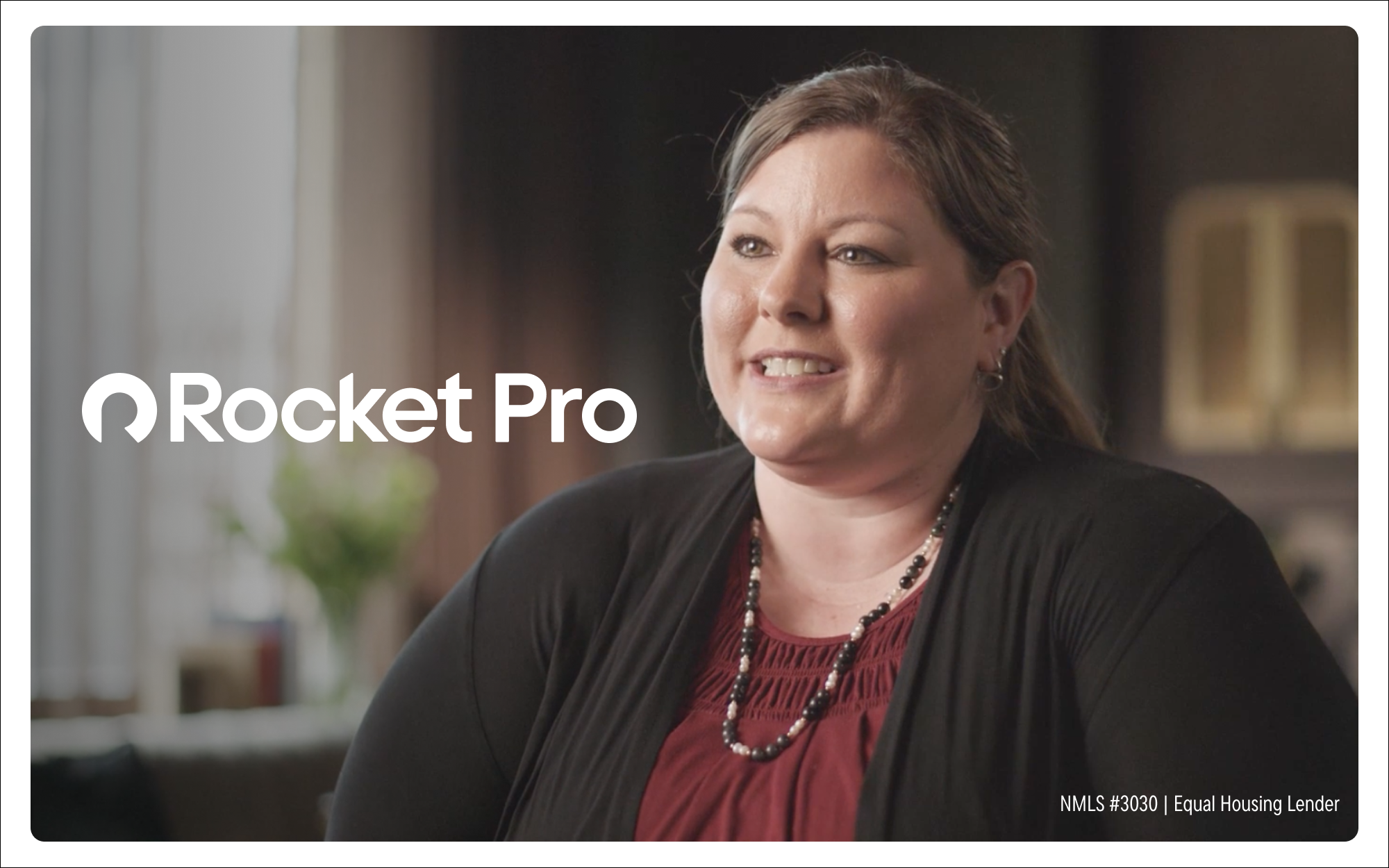SPONSORED | As the world has evolved, so has the way we analyze credit. New and exciting technology makes way for innovative algorithms that give us a more defined look at an even greater data set.
Building greater strength with FICO
March 01, 2022 / By ICBA
SPONSORED | As the world has evolved, so has the way we analyze credit. New and exciting technology makes way for innovative algorithms that give us a more defined look at an even greater data set.
As the world has evolved, so has the way we analyze credit. New and exciting technology makes way for innovative algorithms that give us a more defined look at an even greater data set. Combined with FICO, this may lead to a more future-forward way of predicting lending outcomes?
Think of a traditional consumer credit scoring model as a printed picture. It is a one-dimensional take on a person’s whole life in credit. In that static picture, there are balances on debt obligations, utilization of revolving types of credit, like credit cards, delinquency, statuses, etc.
Non-traditional models are the motion picture version building on the foundation of FICO by incorporating additional predictive information. This gives lenders an ability to assess point-in-time information and the momentum of trended credit data factors, which may help predict the future credit conditions for a potential borrower and allow a lender to make more informed decisions. They see a greater depth– balances increasing or decreasing, utilization increasing or decreasing, and can capture that relationship with risk outcomes.
Alternative data sources complement static and trended credit history by introducing consumers’ checking history, property ownership, and alternative finance activity into credit scoring models. Consumers with comparable credit files can demonstrate vastly different repayment performance; incremental information bearing on creditworthiness equips lenders to optimize risk differentiation when the credit file alone doesn’t capture the full story.
Creating a new model on how to calculate and predict high-performing loans is not easy. For example, BHG Financial, a leader in unsecured business and personal loans and creator of one of the country’s largest community bank loan networks, evolved their credit model to identify a miscategorized set of high-quality borrowers out there most lenders were passing by.
BHG Financial analyzed over 2 million consumer loans. Each loan was over $20,000, had 36+ month terms, and originated between 2015-2017. Billions of pieces of data points were analyzed and assessed to create their proprietary credit model, the rScore.
As a result, they gain faster approvals, identify Sub-Prime borrowers that perform well and Prime borrowers with high default rates, increasing their originations significantly. This success trickles down to their Bank Network which is comprised of over 1400 community banks that purchase their loans. The result– almost $1B in interest earned since 2001.
By working together with the already established success of the FICO score, the chance is lower that good-paying borrowers are labeled as high risk, enabling some lenders to approve pockets of creditworthy consumers that others would decline. At the same time, the chance of labeling risky borrowers as low risk is also diminished, enabling lenders to protect the credit quality of their portfolio.
Working with companies like BHG Financial, allows banks to skip the extensive research. Instead, they can purchase top-quality loans at low risk which can quickly strengthen a loan portfolio to meet a bank’s criteria. This solution is possibly the best answer to finding a more future-forward way of predicting lending outcomes.
Subscribe now
Sign up for the Independent Banker newsletter to receive twice-monthly emails about new issues and must-read content you might have missed.
Sponsored Content
Featured Webinars
Join ICBA Community
Interested in discussing this and other topics? Network with and learn from your peers with the app designed for community bankers.
Subscribe Today
Sign up for Independent Banker eNews to receive twice-monthly emails that alert you when a new issue drops and highlight must-read content you might have missed.
News Watch Today

Join the Conversation with ICBA Community
ICBA Community is an online platform led by community bankers to foster connections, collaborations, and discussions on industry news, best practices, and regulations, while promoting networking, mentorship, and member feedback to guide future initiatives.












